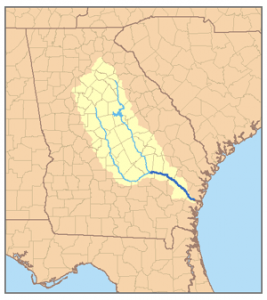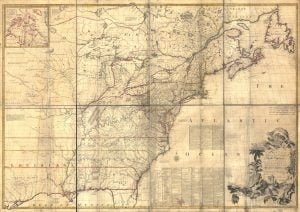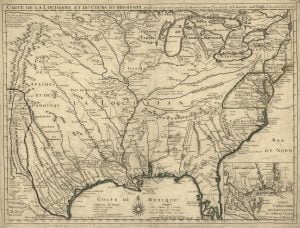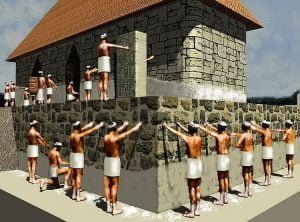1871 Rocky Mountain Directory and Colorado Gazetteer
1871 Rocky Mountain Directory and Colorado Gazetteer, comprising a brief history of Colorado up to 1871 … together with a complete and accurate directory and history of Denver, Golden City, Black Hawk, Central City, Nevada, Idaho, and Georgetown.









